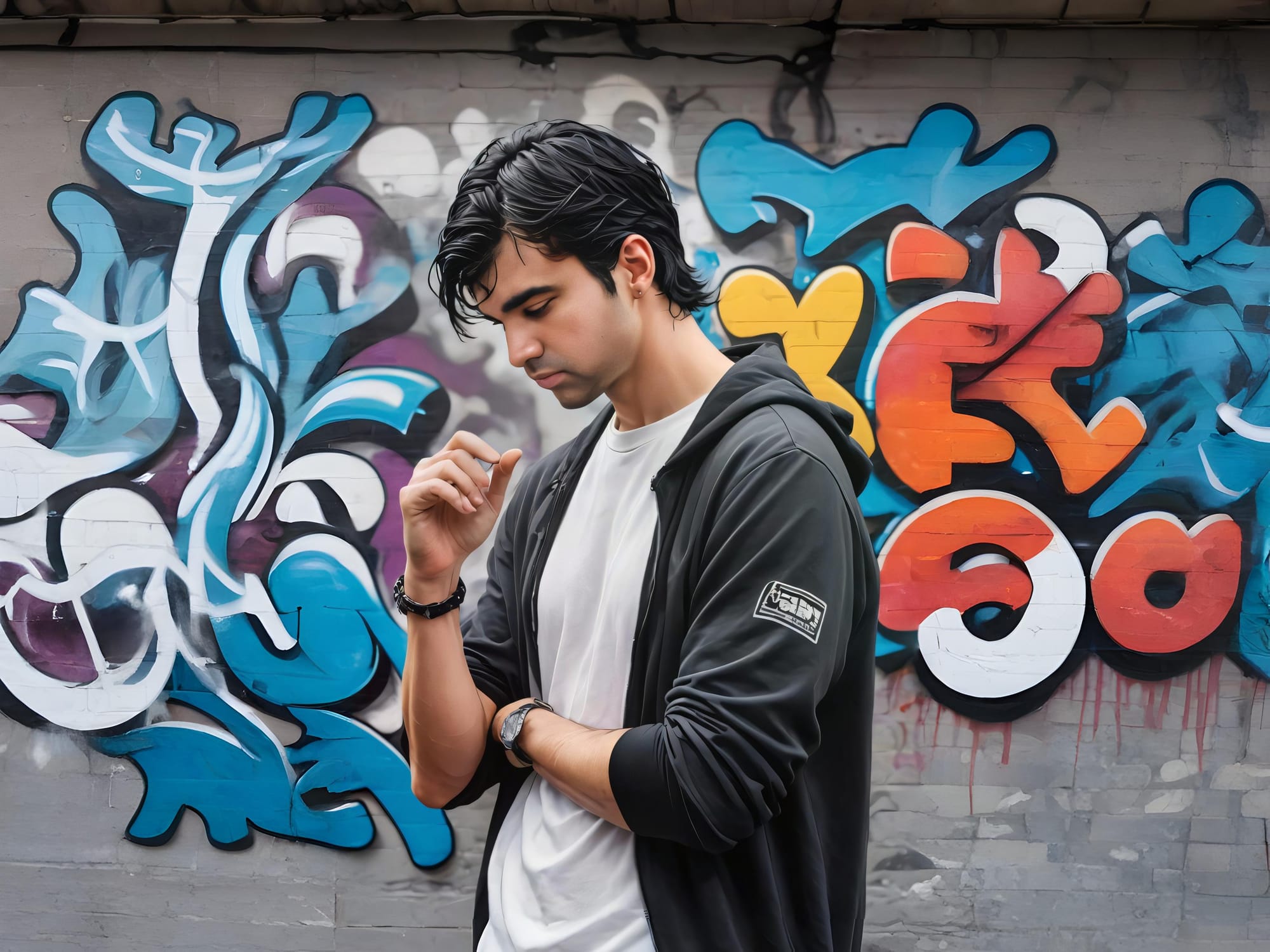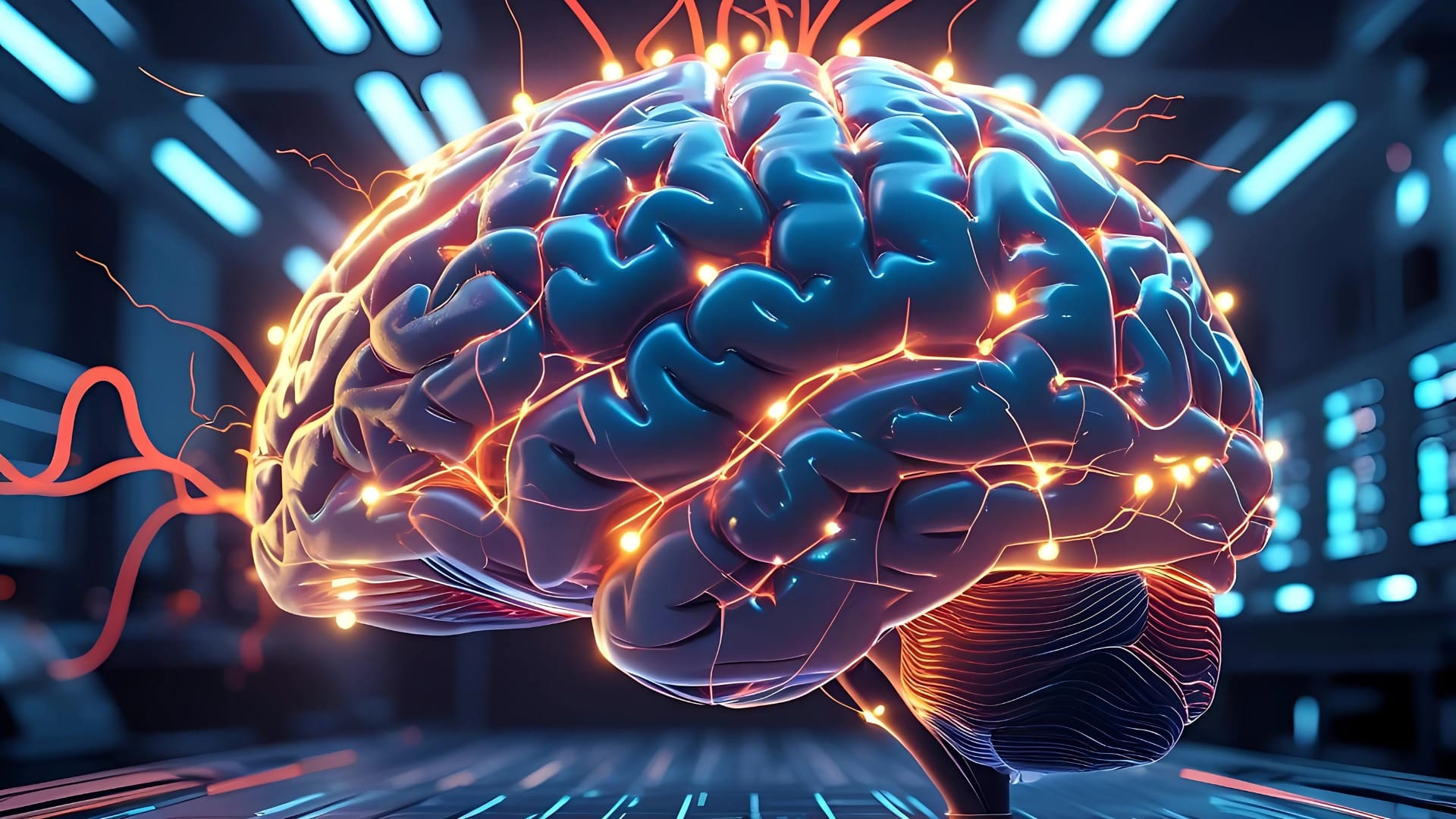Now, Humanoid Robots can design highly creative tattoos for you to flaunt!
These robots are equipped with advanced technology and programming that enable them to design highly creative tattoos.
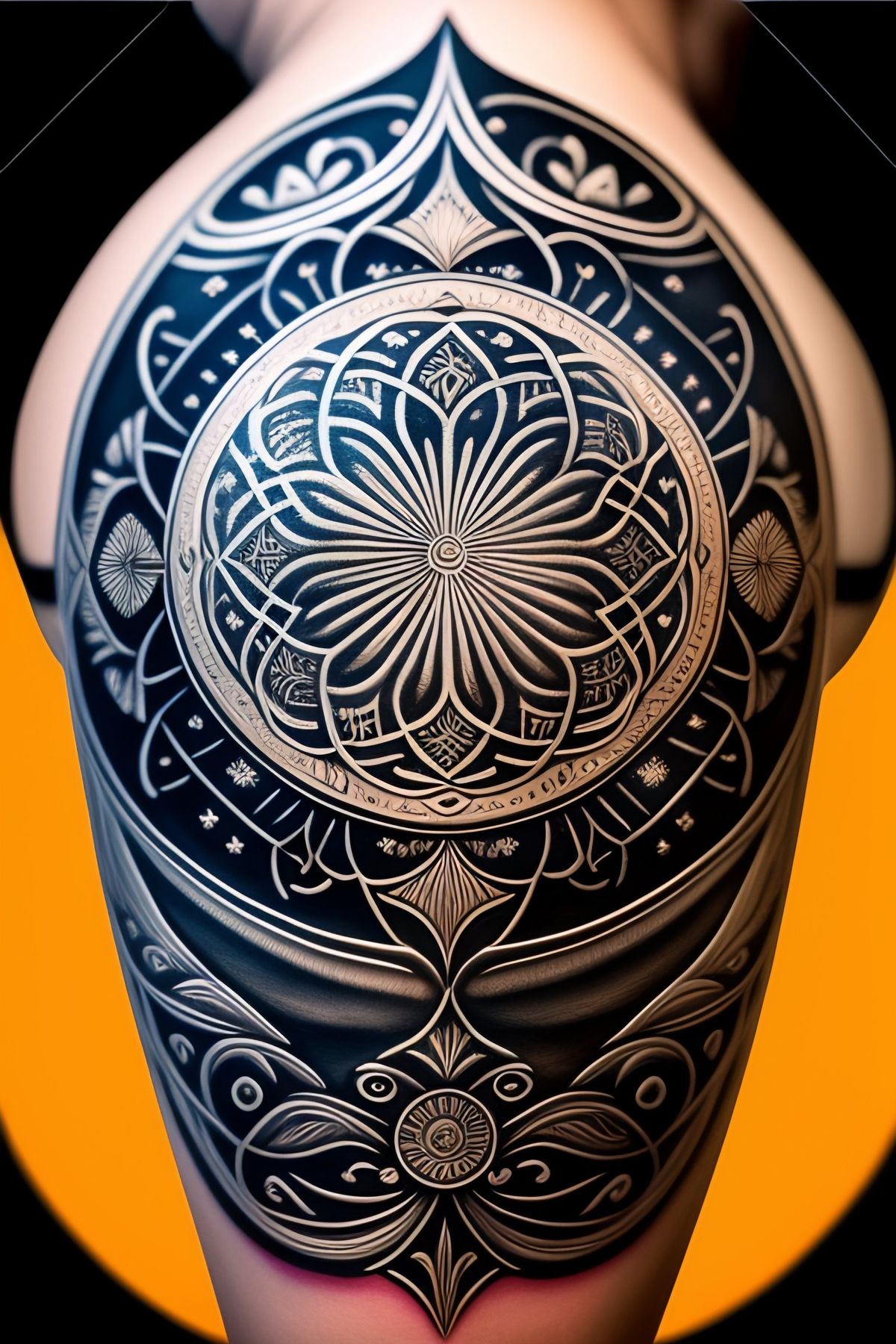
Overview
Introduction to humanoid robots
Humanoid robots are advanced machines that are designed to resemble and perform tasks like humans. They have become increasingly popular in various industries, including the tattoo industry. These robots are equipped with advanced technology and programming that enable them to design highly creative tattoos. With their precision and accuracy, humanoid robots can create intricate designs that were once only possible with human artists.
This advancement in technology has revolutionized the tattoo industry, offering infinite design possibilities and ensuring enhanced safety measures for clients.
The rise of creative tattoo designs
With the increasing popularity of tattoos as a form of self-expression, there has been a surge in demand for unique and creative designs. Humanoid robots have emerged as a game-changer in the tattoo industry, offering a fresh perspective and innovative approach to tattoo design. These robots are equipped with advanced algorithms and machine learning capabilities, allowing them to generate highly intricate and personalized designs that were once unimaginable. By combining the precision and accuracy of robotic technology with the artistic vision of human tattoo artists, humanoid robots are pushing the boundaries of creativity and bringing a new level of artistry to the world of tattoos.
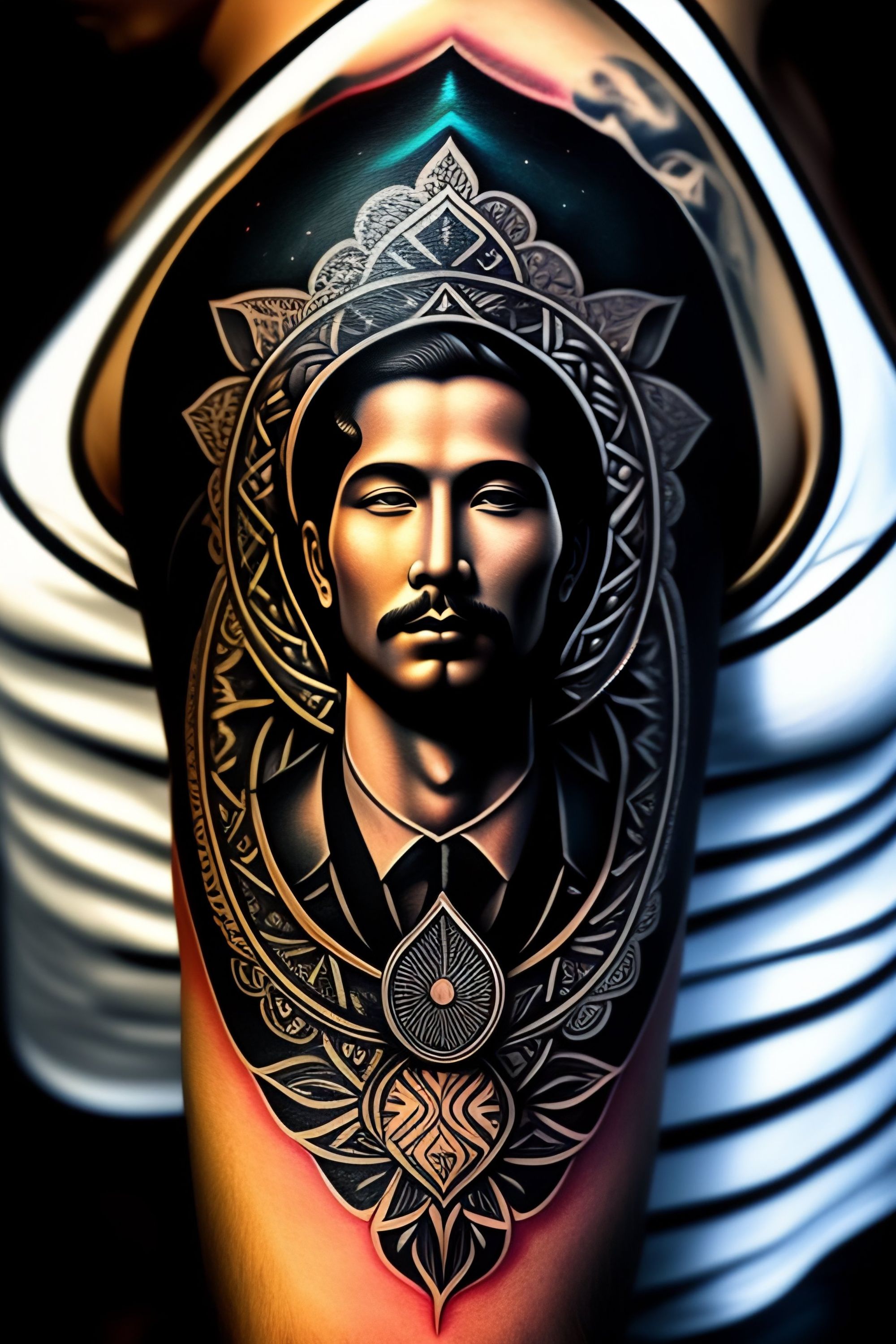
The need for humanoid robots in the tattoo industry
Humanoid robots are becoming increasingly important in the tattoo industry due to their unique capabilities. With their precision and accuracy, humanoid robots can create intricate and detailed tattoo designs that were previously difficult to achieve. Moreover, these robots offer infinite design possibilities, allowing individuals to explore a wide range of creative options for their tattoos. Additionally, humanoid robots bring enhanced safety measures to the tattooing process, reducing the risk of human error and ensuring a safer experience for clients.
The integration of humanoid robots in the tattoo industry addresses the need for more efficient and innovative tattoo design techniques.
Advantages of Humanoid Robots in Tattoo Design
Precision and accuracy
Humanoid robots bring a new level of precision and accuracy to tattoo design. With their advanced sensors and precise movements, these robots can create intricate and detailed designs that are difficult to achieve by hand. They can also ensure consistent placement and sizing, resulting in a more professional and polished look. Additionally, humanoid robots can analyze the skin texture and adjust the tattooing process accordingly, ensuring a comfortable experience for the client. The combination of precision, accuracy, and adaptability makes humanoid robots a valuable tool in the tattoo industry.
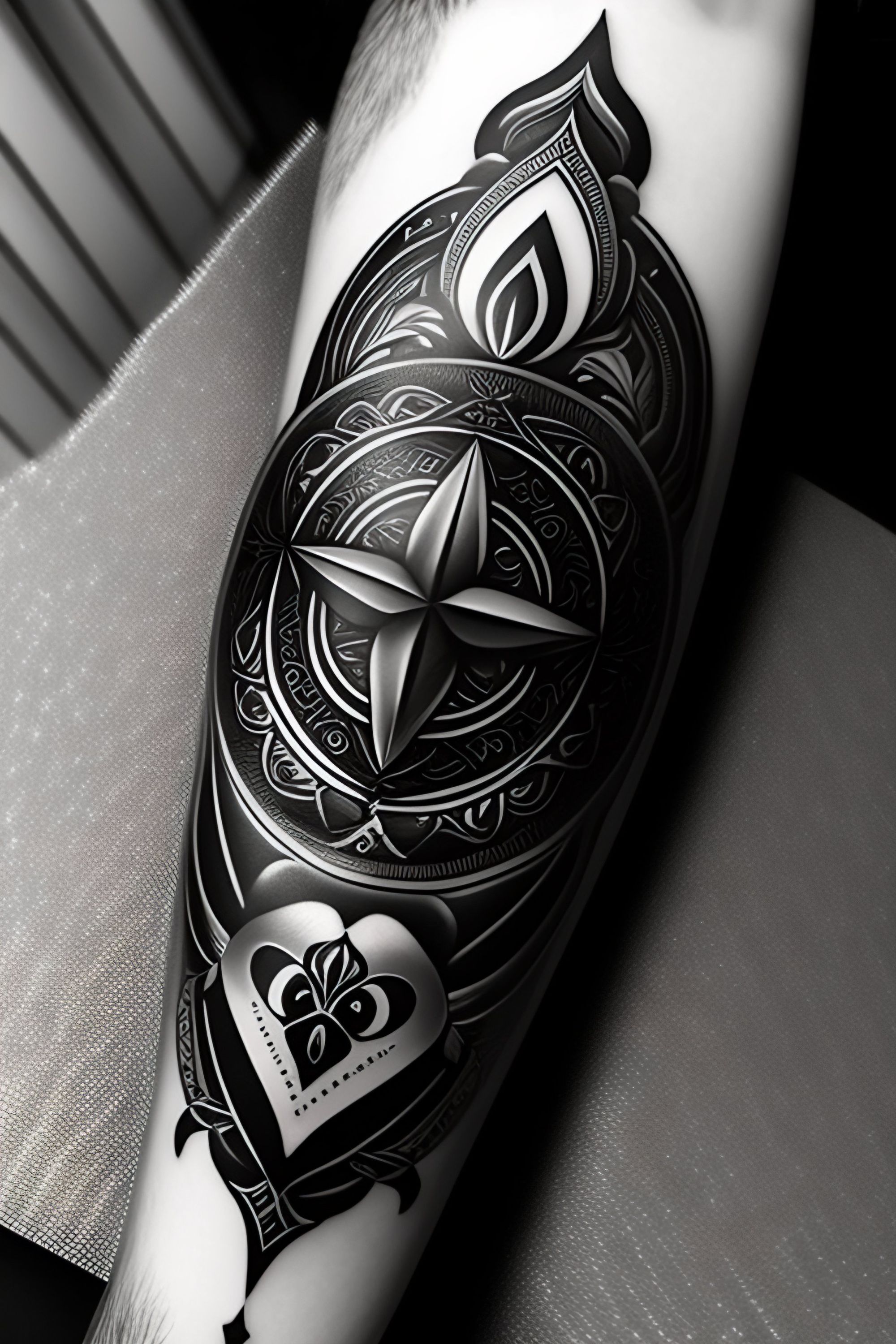
Infinite design possibilities
Infinite design possibilities offered by humanoid robots in tattoo design revolutionize the industry. These robots can generate unique and intricate designs that were previously unimaginable. With their advanced algorithms and machine learning capabilities, humanoid robots can create personalized tattoos based on individual preferences and characteristics. Moreover, they can also generate designs inspired by various art styles and cultural influences, providing a wide range of options for clients. This level of creativity and versatility opens up a whole new world of tattoo design possibilities, allowing individuals to express themselves in ways they never thought possible.
Enhanced safety measures
Enhanced safety measures are one of the key advantages of humanoid robots in tattoo design. These robots are equipped with advanced sensors and algorithms that ensure precise and controlled movements, minimizing the risk of accidents or injuries. Additionally, they can be programmed to follow strict hygiene protocols, reducing the chances of infections or cross-contamination. With their ability to maintain a sterile and controlled environment, humanoid robots provide a safe and reliable option for tattoo enthusiasts to explore innovative and intricate designs.
Challenges and Limitations
Integration with human tattoo artists
One of the key challenges in incorporating humanoid robots in the tattoo industry is the integration with human tattoo artists. While robots can offer precision and accuracy, they lack the artistic intuition and creativity that human artists possess. Collaboration between robots and human artists is crucial to ensure the best possible outcome. By combining the technical capabilities of robots with the artistic expertise of humans, a synergy can be achieved, resulting in unique and innovative tattoo designs. This collaboration can also help in addressing any ethical concerns that may arise from the use of robots in the tattooing process. Open communication and a shared understanding between robots and human artists will be essential in creating a harmonious working environment where both can contribute their strengths and create stunning tattoos.
Ethical considerations
When it comes to the use of humanoid robots in tattoo design, several ethical considerations need to be addressed. One of the main concerns is the potential loss of jobs for human tattoo artists. While humanoid robots can offer precision and accuracy, they cannot replace the creativity and personal touch that human artists bring to their designs. Another ethical concern is the issue of consent. It is important to ensure that individuals are fully aware and give consent to have a tattoo designed by a humanoid robot.
Additionally, there may be concerns regarding the safety and reliability of the robots' technology, as well as the potential for hacking or misuse. Overall, while humanoid robots offer exciting possibilities in the tattoo industry, it is crucial to carefully consider the ethical implications and find a balance between technology and human creativity.
Technical limitations
Despite their numerous advantages, humanoid robots in tattoo design also face several technical limitations. One major challenge is the complexity of replicating the intricate movements and delicate touch of human tattoo artists. While robots can be programmed to mimic certain motions, they may lack the finesse and artistic intuition that human artists possess. Additionally, the size and design constraints of robotic arms may limit the scope of tattoo designs that can be created. Overcoming these technical limitations will require further advancements in robotics and artificial intelligence to ensure that humanoid robots can truly match the capabilities of human tattoo artists.

Conclusion
The future of humanoid robots in tattoo design
The future of humanoid robots in tattoo design holds immense potential for the tattoo industry. With their precision and accuracy, humanoid robots can create intricate and detailed designs that were previously unimaginable. Moreover, their ability to generate infinite design possibilities opens up a whole new realm of creativity for both tattoo artists and enthusiasts. However, some challenges and limitations need to be addressed, such as the integration of humanoid robots with human tattoo artists and the ethical considerations surrounding the use of robots in the creative process.
Additionally, there are technical limitations that need to be overcome to ensure seamless collaboration between humans and robots. Despite these challenges, the future of humanoid robots in tattoo design is promising, and their impact on the tattoo industry is expected to be significant. As the industry embraces technology for creative expression, humanoid robots have the potential to revolutionize the art of tattooing and push the boundaries of what is possible in tattoo design.
Impact on the Tattoo Industry
The introduction of humanoid robots in the tattoo industry is expected to have a significant impact on various aspects. Firstly, it will revolutionize the design process, allowing for more precise and accurate tattoo designs. Secondly, the infinite design possibilities offered by humanoid robots will enable individuals to explore unique and personalized tattoo ideas. Additionally, the integration of enhanced safety measures in robotic tattooing will ensure a safer experience for clients. However, the introduction of humanoid robots also raises ethical considerations regarding the role of human tattoo artists and the potential loss of artistic expression.
Moreover, there are technical limitations that need to be addressed to fully harness the potential of humanoid robots in tattoo design. Despite these challenges, the future of humanoid robots in tattoo design holds immense potential for the industry, as it allows for the embrace of technology to enhance creative expression and meet the evolving demands of tattoo enthusiasts.
Embracing technology for creative expression
As technology continues to advance, the tattoo industry is embracing the use of humanoid robots for creative expression. These robots offer a unique blend of precision, accuracy, and infinite design possibilities, revolutionizing the way tattoos are created. While there are challenges to overcome, such as integrating robots with human tattoo artists and addressing ethical considerations, the future of humanoid robots in tattoo design looks promising. Their impact on the industry is undeniable, providing safer and more innovative tattoo experiences. By embracing technology, artists and enthusiasts can explore new frontiers of creative expression and push the boundaries of what is possible in tattoo design.


